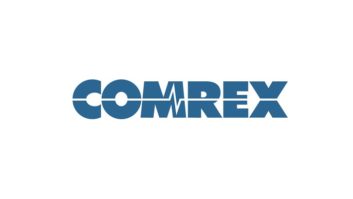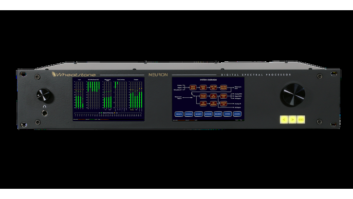This article originally appeared in TV Technology.

The Audio Engineering Society has published AES69-2015, which describes the format and exchange of spatial acoustics files. The intent is to standardize the way audio is captured and rendered for binaural listening through smartphone and tablet headphones and other personal audio devices. Binaural listening refers to how humans and other two-eared creatures hear sound and deduce its direction and origin in 3D space. This process is quantified for reproduction via headphones and earphones using “head-related transfer functions.”
“The lack of a standard for the exchange of head-related transfer functions means each company keeps its binaural capture and rendering algorithms private,” the AES said. “The lack of a standard for the exchange of HRTF data makes it difficult for developers to exchange binaural capture and rendering algorithms effectively. While 3D audio continues to gain popularity among end users, binaural listening could be the very first 3D audio vector with sufficient fidelity of HRTF.”
The new AES69-2015 standard defines a file format to exchange space-related acoustic data in various forms. These include HRTF, as well as directional room impulse responses, or DRIR. The format is designed to be scalable to match the available rendering process and is designed to be sufficiently flexible to include source materials from different databases.
This project was developed in AES Standards Working Group SC-02-08, with the writing group led by Matthieu Parmentier and principal authors Piotr Majdak and Markus Noisternig. The standard builds upon an earlier project to define a spatially oriented format for acoustics, or SOFA, which aimed at storing HRTF data in a general way, capable of supporting any transfer-function data measured with microphone and loudspeaker arrays.
Another way of producing spatially oriented audio for headphones is using convolution-reverb processors, but the AES said that technique depends on the acoustic quality of the source material.
Requirements supported by AES69-215 include:
● Description of a measurement setup with arbitrary geometry; i.e., not limited to special cases like a regular grid, or a constant distance
● Self-describing data with a consistent definition; i.e., all the required information about the measurement setup must be provided as metadata in the file
● Flexibility to describe data of multiple conditions (listeners, distances, etc.) in a single file
● Predefined descriptions for the most common measurement setups, which are referred to as “conventions”
“AES69 represents a fundamental piece of architecture for taking personal audio to a new level of performance,” said AES Standards Committee Chair Bruce Olson. “Using this, product developers will be able to take advantage of transfer-function databases from all over the world to produce a truly immersive 3D audio experience.”







